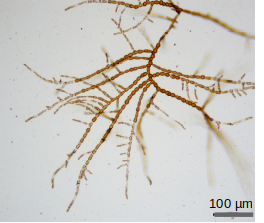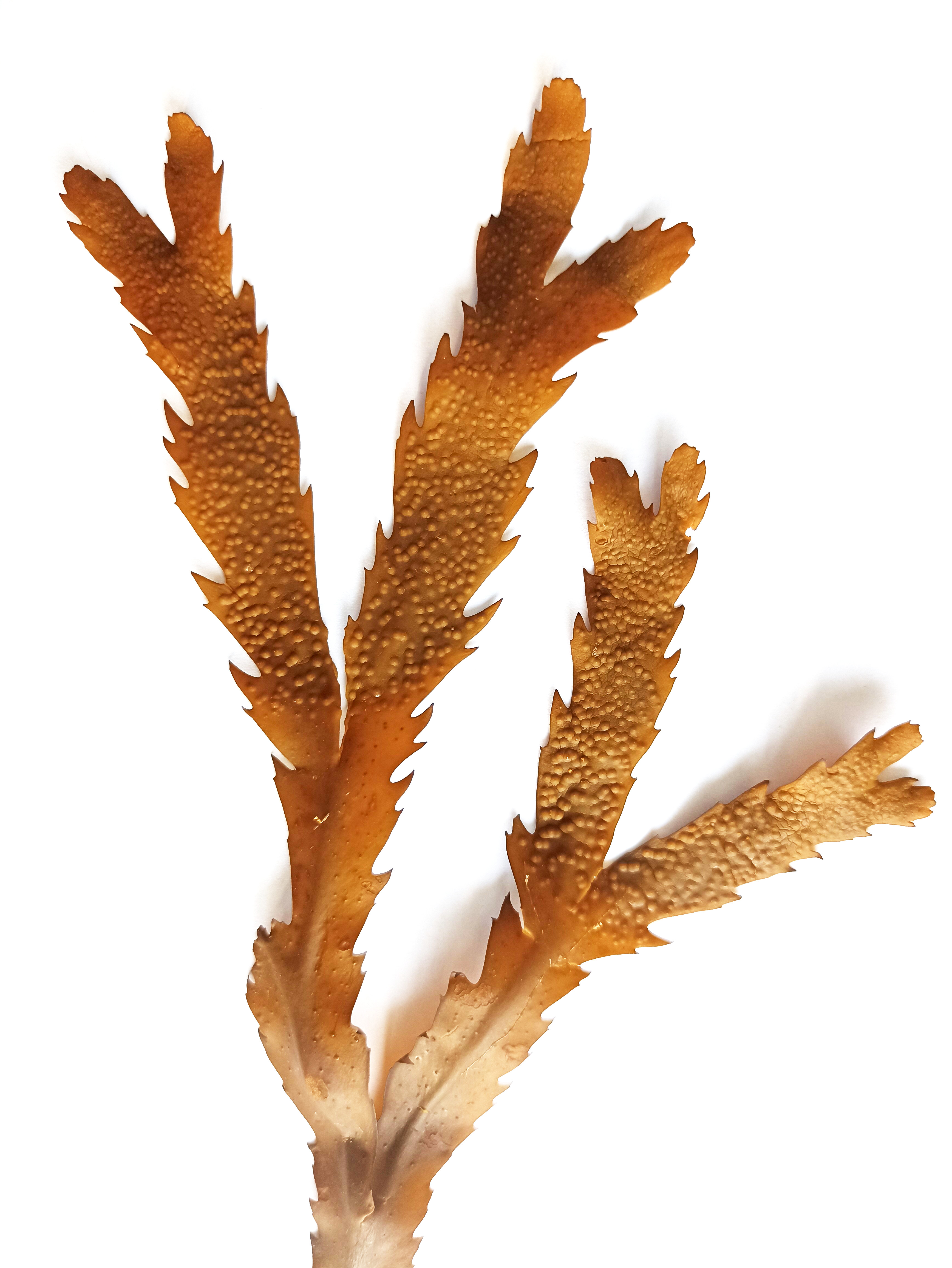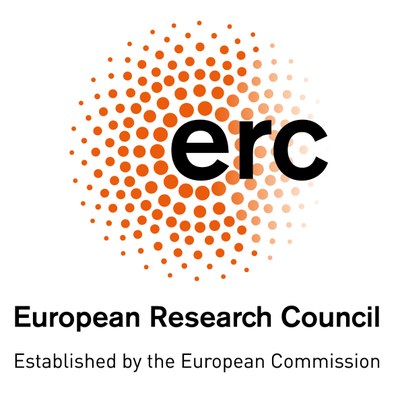Morphogenesis of brown algae
our (very) MAIN QUESTION
What are the different strategies of living organisms on earth, to develop specific shapes as they grow?
our biological models
We study the mechanisms controlling the formation of shapes in brown algae.
Brown algae display a high variety of body shapes.
They evolved independently from animals and plants, and therefore, are a pool of candidate organisms able to reveal alternative strategies of growth and development.
We study the development of several species of brown algae, all with different body (thallus) shapes:
- Filament: Ectocarpus
- Monolayered lamina: Saccharina
- Polystichous axis: Sphacelaria
- Parenchymatous thallus: Fucus eggs (hatching)
and adult thallus
OUR scientific approach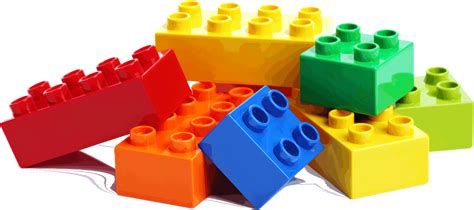
As brown algae are made of cells, the shape of the body of brown algae depends on how the cells are arranged spatially within them.
Cells that are surrounded by a cell wall (as in plants, algae and fungi) cannot move. Consequently, cell growth and cell division determine the way cells are arranged in space inside the body.
Three questions are addressed :
-
WHEN does a cell grow or divide?
-
WHERE, within the body, does a cell grow or divide?
-
IN WHICH DIRECTION does a cell grow or divide?
cell GROWTH
Growth depends mainly on the cell wall, which is the stiffer component of the cell. It is known to be a material with viscous, elastic and plastic properties.
We used physical models to calculate the mechanical forces at play during the development of the embryos of brown algae.
Simulations start from the first cell, the zygote, and run up to 200 cells.
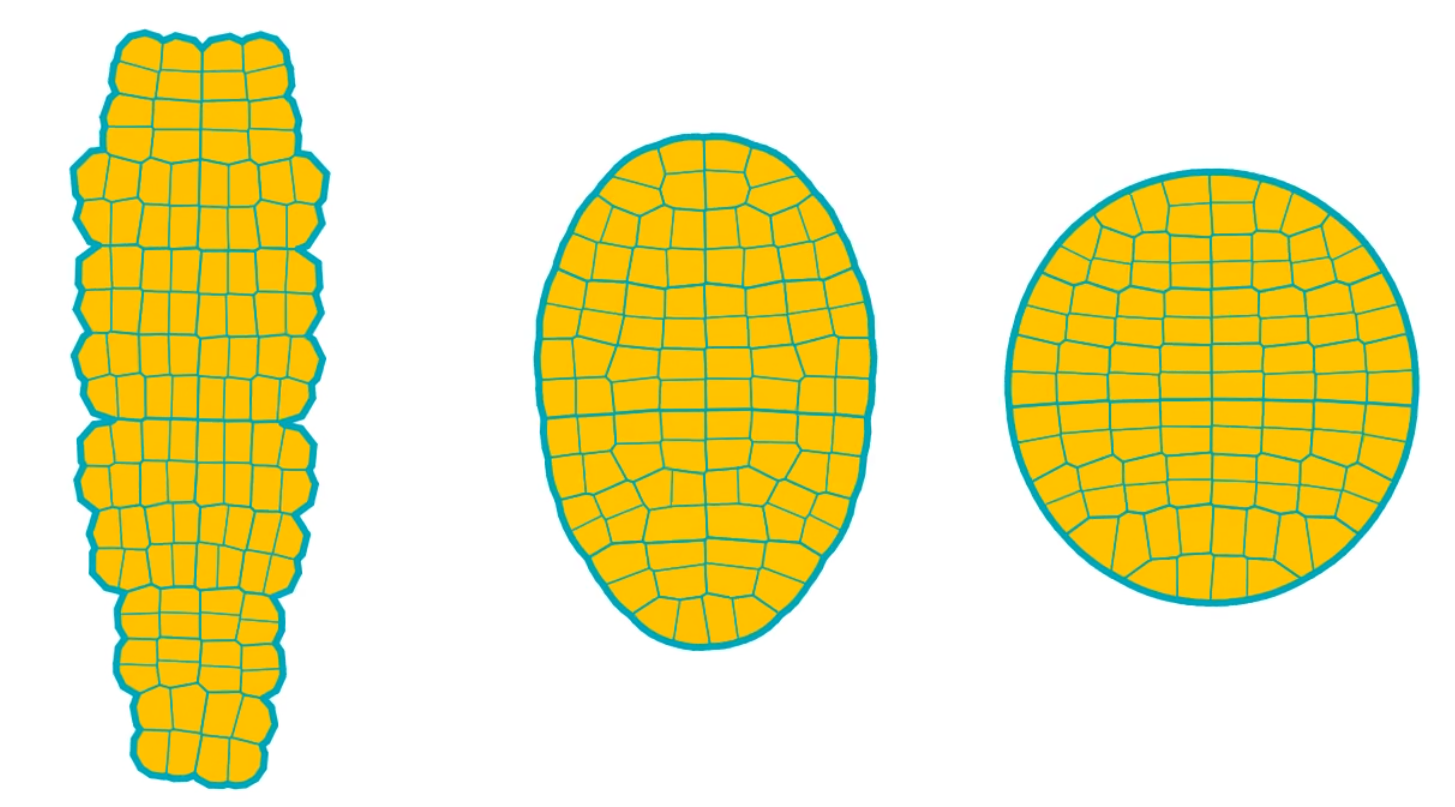
We then assess if the simulation fits the observation, based on the adequacy of quantitative parameters like the shape of the embryo and the geometrical and topological properties of the cells making the embryo
CELL DIVISION
Where the cell division plane will be set up depends on intracellular factors, many of which are structural components of the cell such as the cytoskeleton, compartments (organelles), or regions of the cytosol with varying rheological properties.
Among the cytoskeleton factors, microtubules play an important role in guiding trafficking vesicles and positioning the mitotic apparatus.
OUR research topics
Growth axes and orientation of cell division in brown algae
What mechanisms control the formation of 3D tissues during the embryogenesis of brown algae?
The Project ALTER e-GROW
Boscq S., Billoud B., Theodorou I., Joemmanbaks T., Dufourt T., Charrier B. MUM, a maternal unknown message, inhibits early establishmanbaks ent of the medio-lateral axis in the embryo of the kelp Saccharina latissima. BioRXiv 2024 10.1101/2024.01.07.574535v1: Development, in press
Boscq S., Billoud B., Charrier B. Cell-Autonomous and Non-Cell-Autonomous Mechanisms Concomitantly Regulate the Early Developmental Pattern in the Kelp Saccharina latissima Embryo. Plants 2024, 13, 1341.
Theodorou I, Charrier B. The shift to 3D growth during embryogenesis of kelp species, atlas of cell division and differentiation of Saccharina latissima. Development, 2023; 150 (21): dev201519.(cover image)
Cell differentiation in brown algae:
Which signals control the acquisition of cell identity in brown alga embryos?




